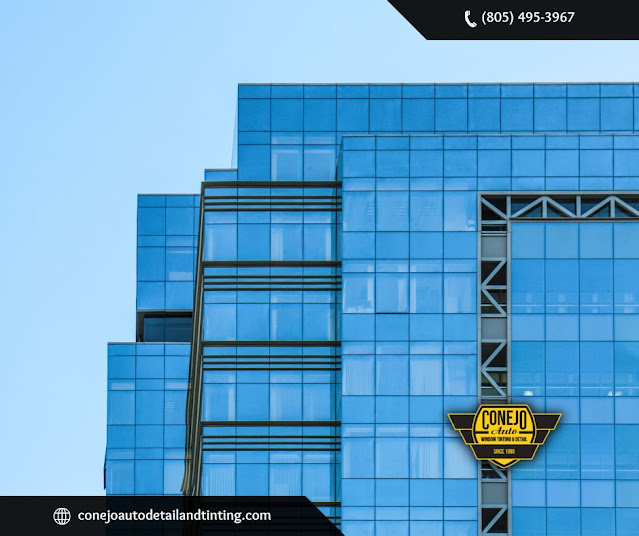he Role of Heat Rejection Film in Commercial Tinting
In the realm of architectural design and energy management, the implementation of heat rejection film in commercial tinting stands as a critical measure for enhancing building efficiency and occupant comfort. This technology, engineered to selectively filter and reject solar heat while maintaining luminous clarity, addresses the dual challenges of energy saving and thermal comfort. The strategic placement of such films can significantly cut down on cooling costs and reduce the reliance on air conditioning systems, thus contributing to a building's overall energy footprint. However, the effectiveness of heat rejection films extends beyond mere energy considerations, raising questions about their impact on natural light penetration and indoor environmental quality.
Understanding Heat Rejection Film
Heat rejection film, often employed in commercial tinting, is specifically designed to reflect and absorb solar radiation, thereby reducing heat transfer through glass windows and enhancing energy efficiency in buildings. This advanced material consists of multiple layers, including a micro-thin metal layer that acts as the core for reflecting infrared radiation, and an adhesive layer that ensures secure bonding to the glass surface.
The precision-engineered film is typically composed of either metalized polyester or ceramic materials, each chosen for their specific properties of durability and optical clarity.
The installation process of heat rejection film is meticulous, requiring professional handling to ensure that air bubbles and wrinkles do not compromise its functional integrity. Once applied, the film seamlessly integrates with the existing architectural aesthetics, maintaining the building's visual appeal while performing its critical function.
The film's thickness and opacity can vary, tailored to the specific needs of a building, taking into account factors such as geographical location, sun exposure, and desired aesthetic outcomes.
Benefits of Commercial Tinting
The application of heat rejection film in commercial tinting offers significant benefits, including enhanced energy efficiency, reduced glare, and improved comfort within office spaces. By blocking a substantial portion of the solar spectrum, these films minimize heat gain, thereby reducing the demand on air conditioning systems and lowering energy consumption. This not only contributes to a decrease in operational costs but also aids in the pursuit of sustainability objectives, crucial for businesses aiming to reduce their environmental footprint.
Moreover, the strategic installation of heat rejection films can mitigate glare, which often impairs visibility on computer screens and creates discomfort among employees. By enhancing visual comfort, businesses can boost productivity and decrease eye strain, fostering a more conducive working environment. This improvement in workplace conditions is especially valued in sectors where precision and attention to detail are paramount.
In conclusion, the implementation of heat rejection film in commercial tinting represents a significant advancement in building technology, offering substantial benefits in terms of energy efficiency and occupant comfort.
By mitigating solar heat gain and reducing glare, this technology not only promotes a more sustainable operational paradigm but also enhances the economic performance of enterprises.
Consequently, its widespread adoption is pivotal in the march towards modernizing architectural practices and achieving long-term environmental sustainability.




Comentarios
Publicar un comentario